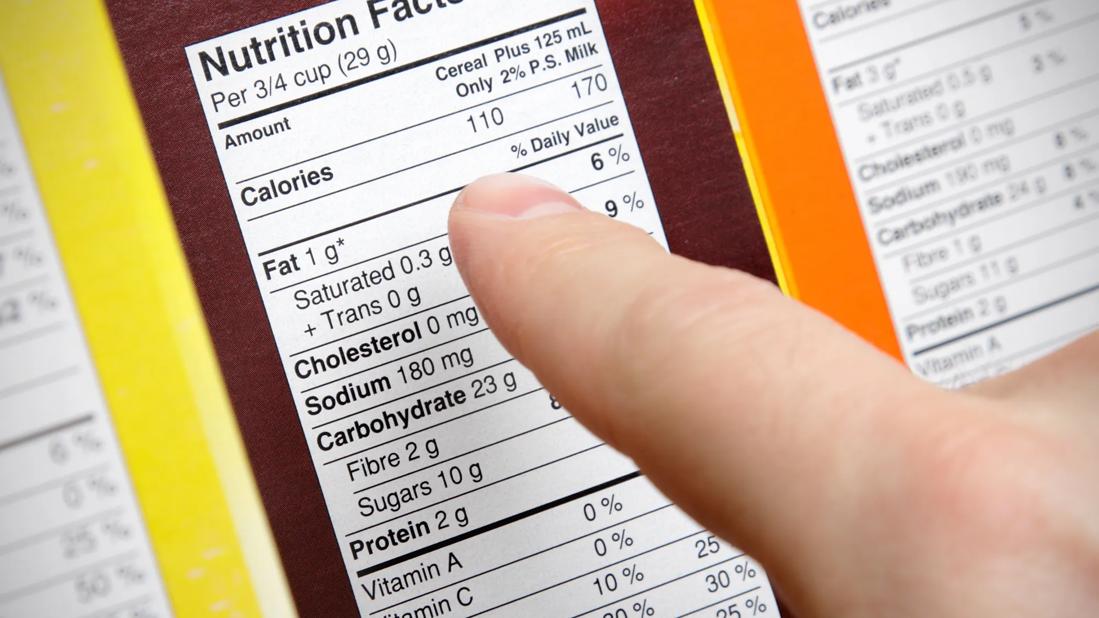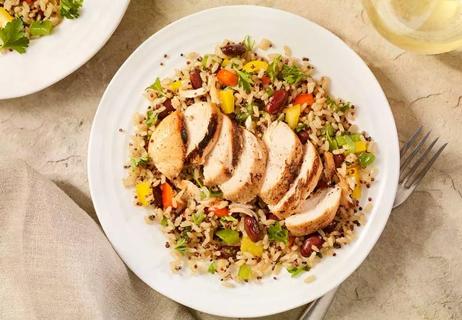Calorie counts on nutrition labels can be off by up to 20%

Counting calories can be tedious. And if you’re doing it for weight loss, you know every calorie counts. Being off by a few calories here or there may not make or break your weight loss strategy. But over time, those calories can add up. That means the accuracy of calorie counts matters — whether you get the info from apps, nutrition labels or online.
Advertisement
Cleveland Clinic is a non-profit academic medical center. Advertising on our site helps support our mission. We do not endorse non-Cleveland Clinic products or services. Policy
No — and here’s why: Whenever a food is processed, it becomes challenging to determine its exact calories. Knowing that, the U.S. Food and Drug Administration (FDA) allows calorie counts listed on nutrition labels to vary by as much as 20% from actual calories.
“If something you’re eating is 100 calories per serving, it could actually be 120 calories,” says registered dietitian Michelle Dodd, RD, LD. “That can make a big difference, and I don’t think many people realize there’s a 20% swing.”
The calorie listing on packaged foods may be wrong for several reasons, including:
Whether machines or humans package food, there’s always room for error.
“Factories aren’t perfect,” Dodd notes. “Just a tiny bit more or less of one ingredient will throw off the entire calorie count.”
To account for these discrepancies, manufacturers often take a sample of servings and calculate the calories, she explains. The calories per serving listed on the package are the average calories per serving.
While most manufacturers periodically check the nutritional content of their food, some calorie counts may be outdated. But it’s less about packaging errors and more about innovations in how we grow and harvest many ingredients.
Advertisement
“There’s a lot of genetic modification going on with our food, especially grains, that wasn’t happening years ago,” Dodd shares. “Those variations can change the assumed calorie counts of the whole foods used in these products.”
Most people count the calories in a meal based on the ingredients. But the result — what you eat — may differ from what you planned to eat.
Research shows that the preparation and cooking methods may affect the metabolized energy of some foods. Chopping, roasting or grinding may break down the structure of the food and affect the number of calories you absorb. You also need to factor in ingredients used to cook the food, such as oil.
“Cooking methods play a huge role in calorie counting,” Dodd says. “People don’t realize how many calories they add and tend to undercount any oil they add to the dish.”
Your gut microbiome — the microorganisms in your digestive tract — is unique to you. And it impacts how you digest food.
“The way I digest something isn’t the same as someone who has inflammation or can’t move food through their digestive tract as easily,” Dodd clarifies. “Chronic diseases and their treatment also affect what you absorb from your food.”
Counting calories can offer accountability, portion control and a way to measure for weight loss. But it’s not the only way of eating that achieves those goals.
Dodd shares other ways to lose weight and still kind of track calories without actually tracking calories.
“Counting calories is paying attention to the amount you’re eating and learning what a portion looks like,” Dodd says. “Any way of eating that keeps you on track with portion sizes can help you lose or maintain your weight.”
Advertisement
Learn more about our editorial process.
Advertisement

It depends on factors like your age, activity level and if you want to maintain, lose or gain weight

Avocados, cheese and nuts are high in calories but have big health benefits

Focus on your body’s metabolic set point by eating healthy foods, making exercise a part of your routine and reducing stress

Calorie reduction can do more than just help you lose weight — it can also lower age-related inflammation

Your metabolism may torch 1,300 to 2,000 calories daily with no activity

Consuming fewer calories than your body burns is a ‘calorie deficit’ that can lead to weight loss

Understand how your body creates energy to take your fitness to the next level

When free radicals don’t have antioxidants to keep them in check, they go rogue

The best parenting style balances enforcing rules and showing plenty of love

Tips include cutting back on sugar, focusing on exercise and managing stress

It can be harder to let go when you’ve invested time, energy and emotions — but it might be the healthier choice long term